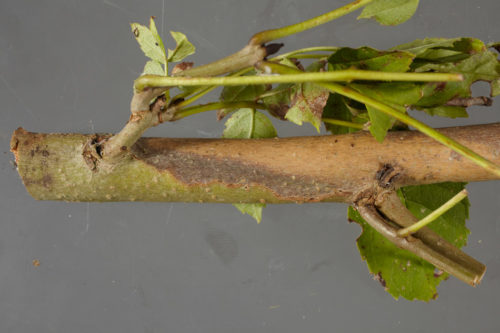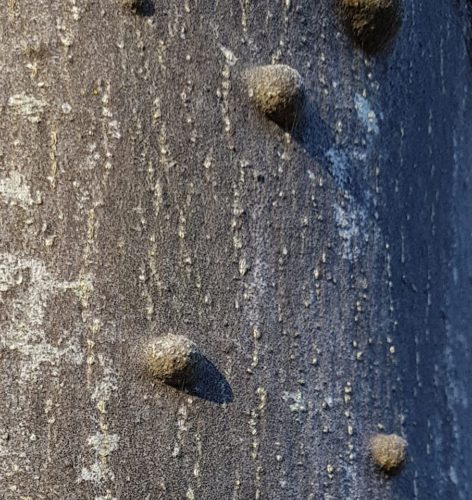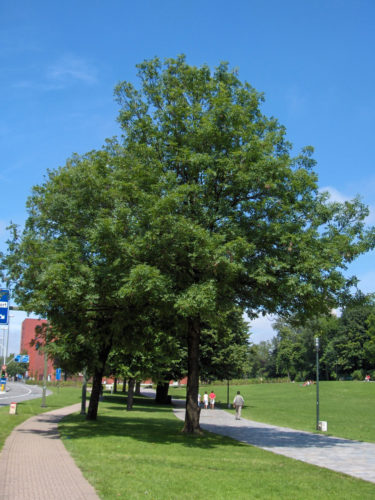Ash, deciduous tree native to Europe. An ash tree can grow over forty meters tall and be two to three centuries old.
Also known as:
Common ash
European ash
You are viewing the mobile-adapted version of the page.
The one for tablets, laptop and desktop also provides general information, such as origin, toxicity and cultivation.
Ash – (Fraxinus excelsior), deciduous tree in the olive family (Oleaceae), native to Europe. An ash tree can grow over forty meters tall and reach two to three centuries of age. Ash trees lose their leaves in the fall. Ash fruits have “helicopter seeds” which helps with wind dispersal.
Ash trees can be pollarded just like willows.
Since the end of the last century, ash trees have been affected by a fungus that causes Ash die
In addition to the “common” ash (Fraxinus excelsior), there are the Narrow-leaved ash (Fraxinus angustifolia) and the Black ash (Fraxinus nigra).
Bugs
Holes in leaves scattered throughout the shrub: the larvae (caterpillars) of the privet hawk moth (Sphinx ligustri).
Fungi & diseases

Dark discoloration of the bark at the beginning of the branches and leaves. Beneath the bark, the wood is dead. Branches die – starting at the take end; eventually the entire tree dies: ash dieback.
Other

Lumps form on the trunk: bark nodules.

